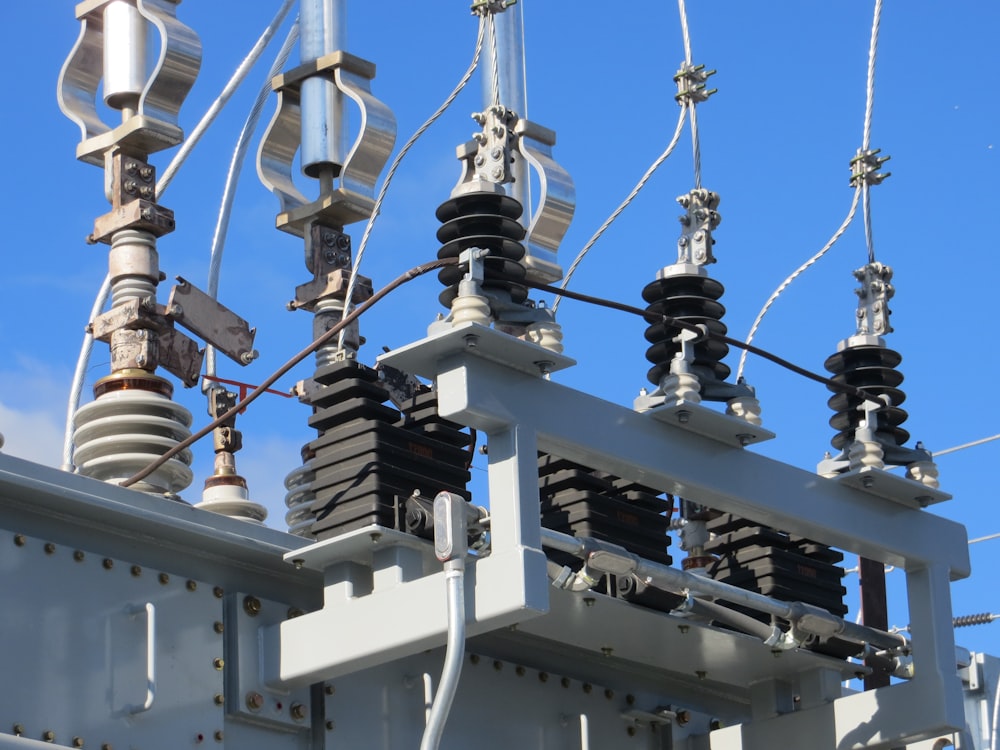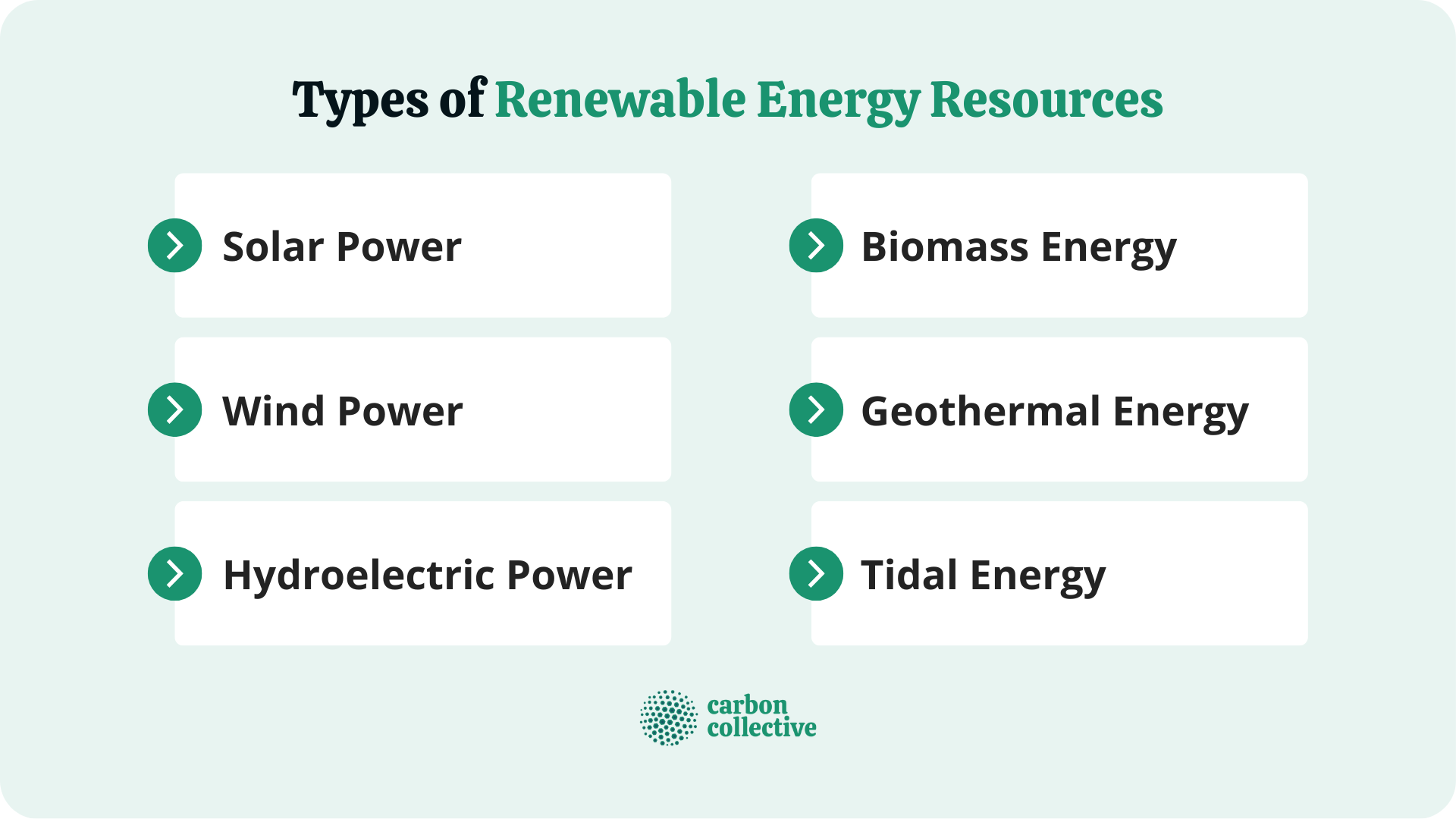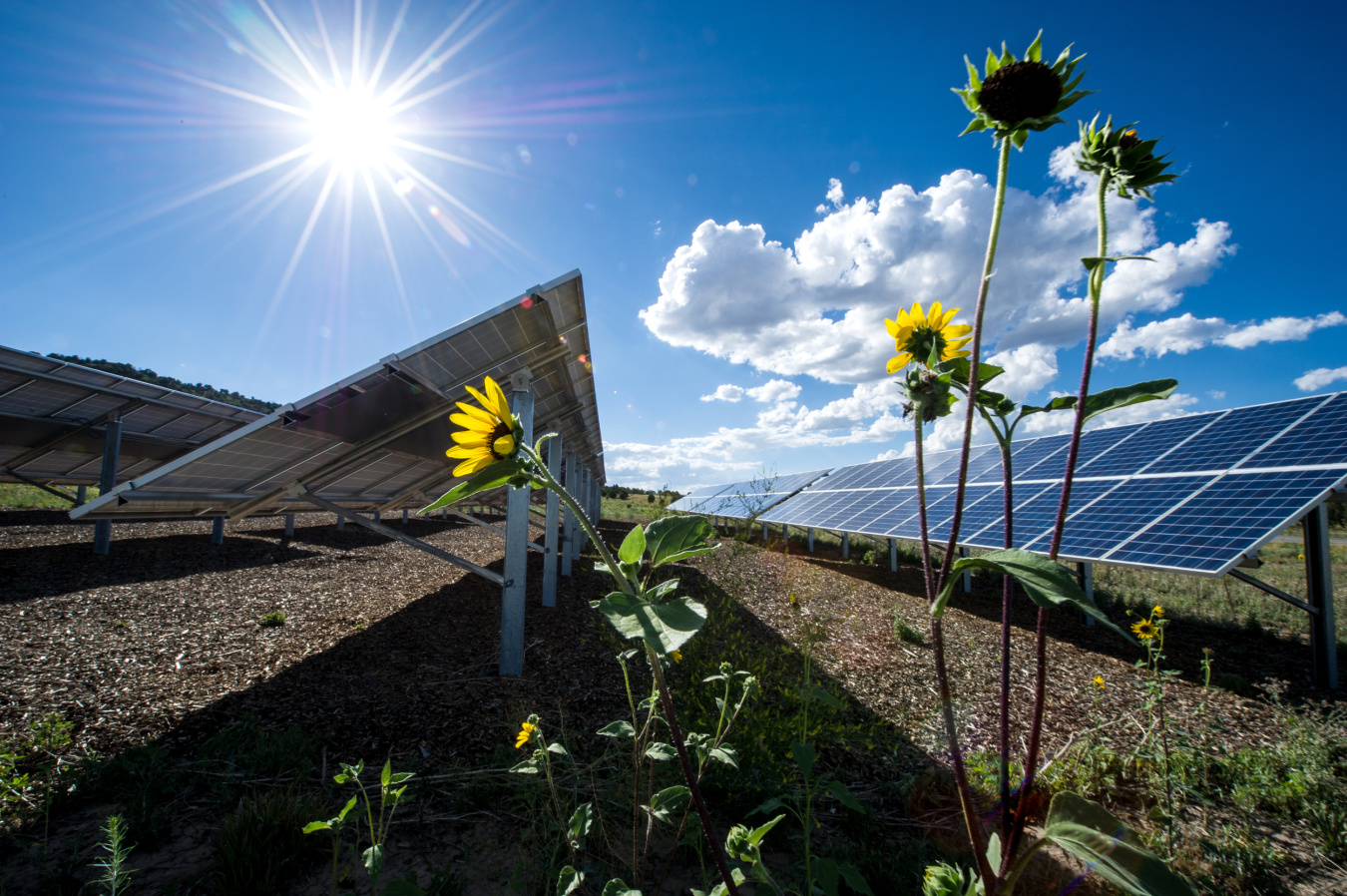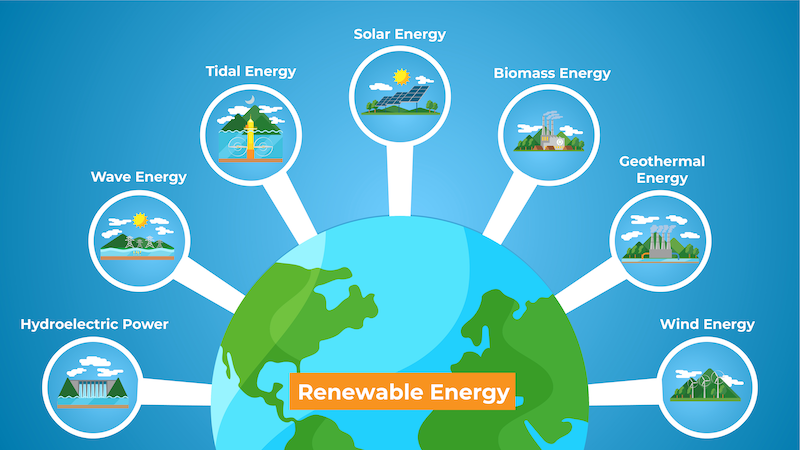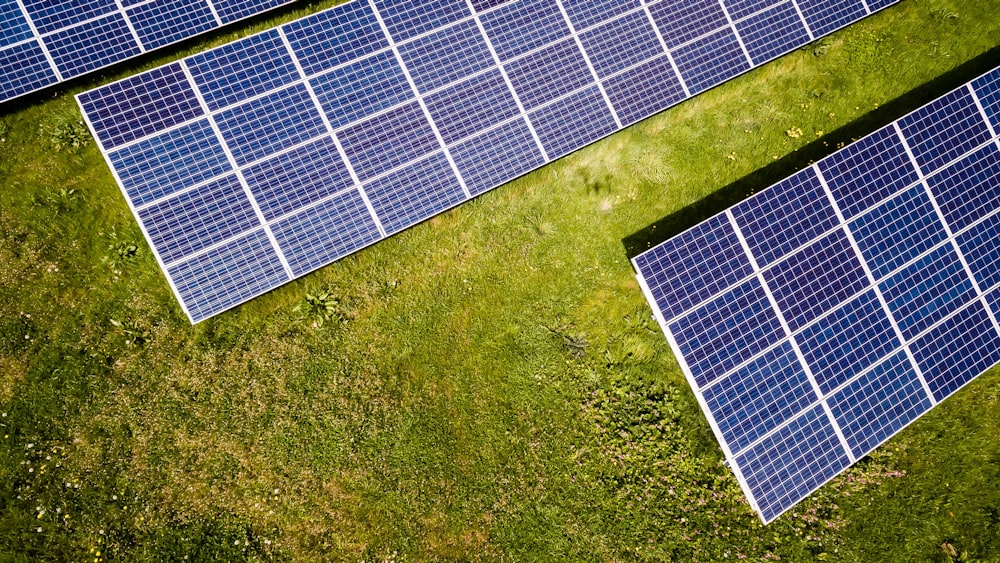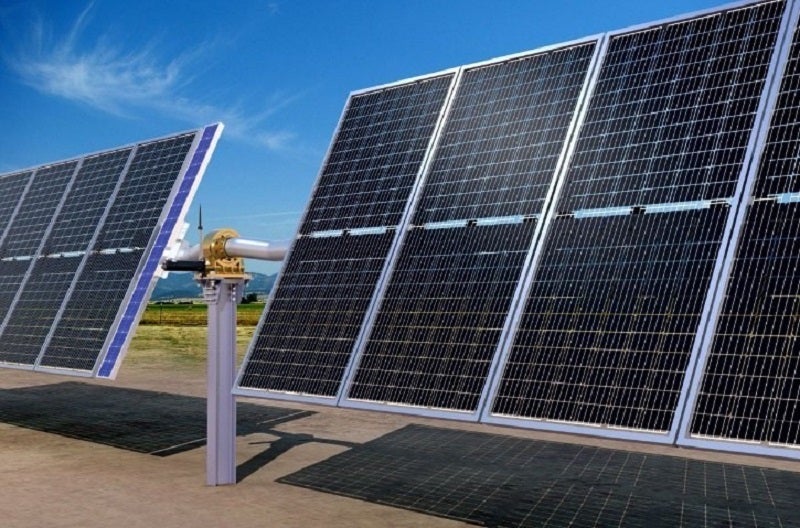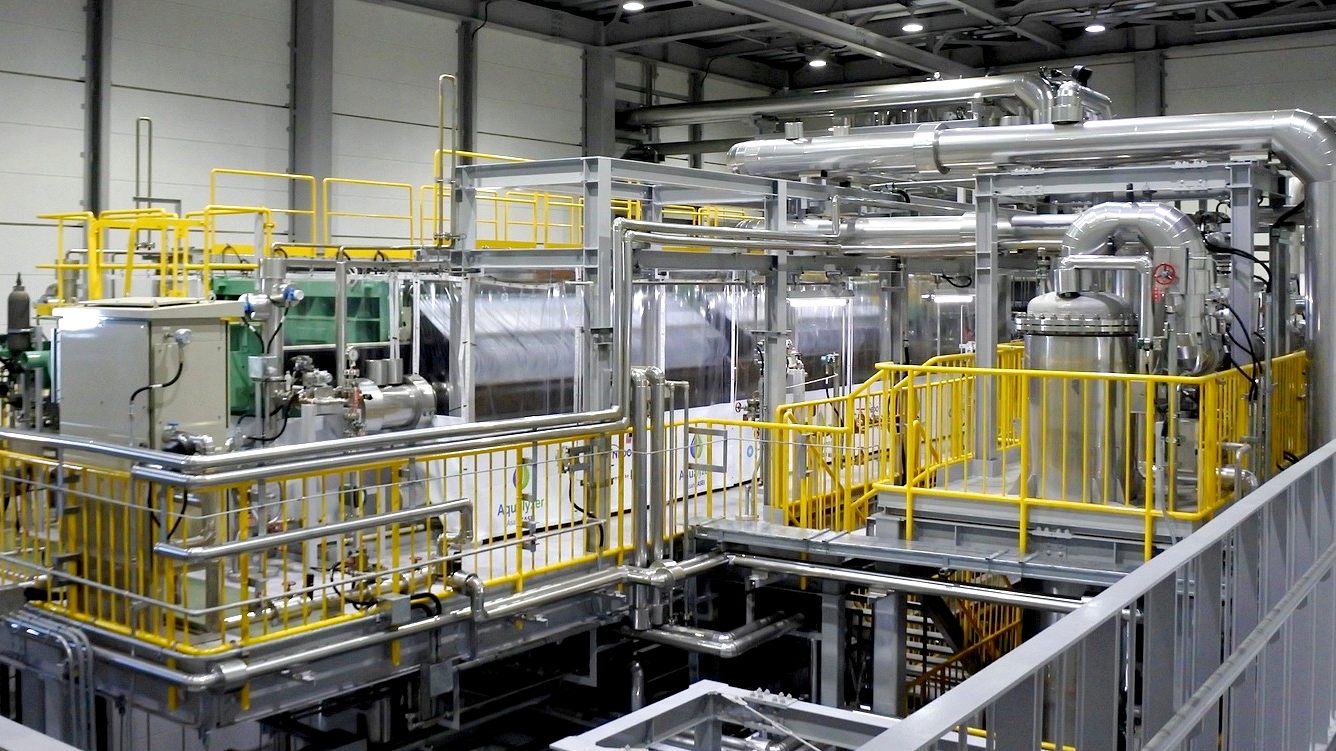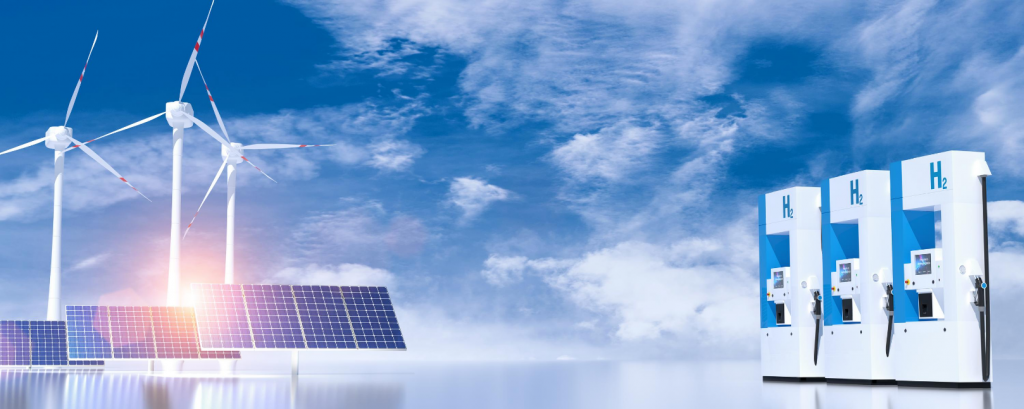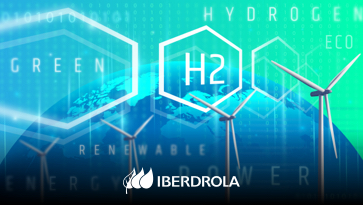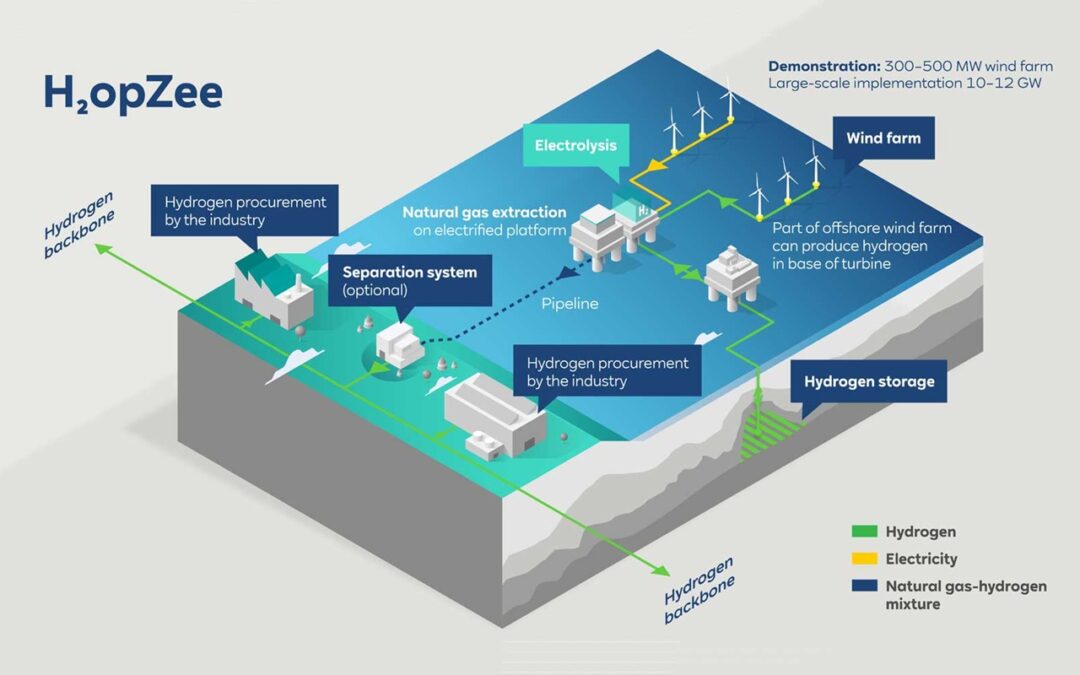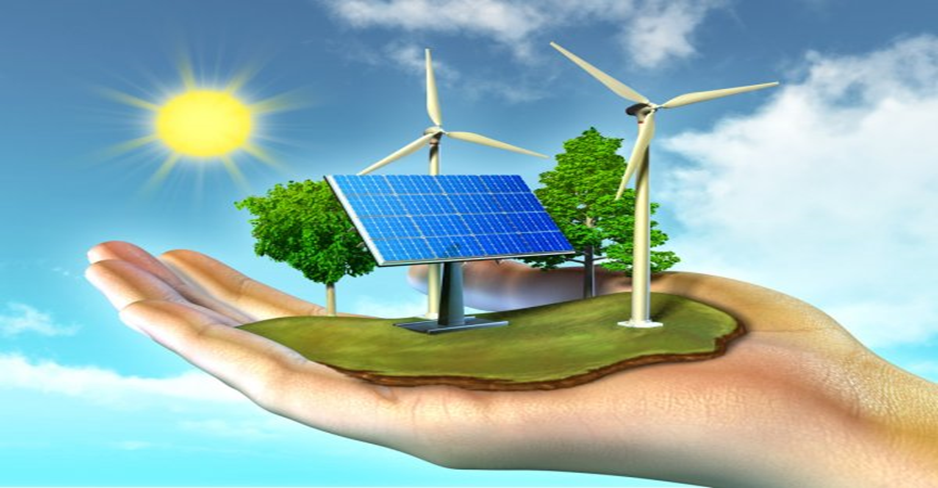Empowering the Green Hydrogen Revolution with Electrolyzers
Understanding Electrolyzers
Electrolyzers play a pivotal role in the production of green hydrogen, serving as the key technology for splitting water molecules into hydrogen and oxygen using electricity. These devices utilize an electrochemical process known as electrolysis to facilitate the decomposition of water into its constituent elements. By harnessing renewable energy sources such as solar or wind power to supply the electricity needed for electrolysis, electrolyzers enable the production of clean and sustainable hydrogen fuel without generating harmful emissions.
Types of Electrolyzers
There are three main types of electrolyzers: alkaline electrolyzers, proton exchange membrane (PEM) electrolyzers, and solid oxide electrolyzers. Each type operates on a slightly different principle and offers unique advantages and challenges. Alkaline electrolyzers are the most established and widely used technology, known for their reliability and cost-effectiveness. PEM electrolyzers, on the other hand, offer higher efficiency and flexibility, making them well-suited for distributed applications. Solid oxide electrolyzers are the newest technology, offering high-temperature operation and potential scalability for large-scale industrial applications.
Efficiency and Performance
Efficiency and performance are critical considerations when evaluating electrolyzer technologies for green hydrogen production. High efficiency ensures that a greater proportion of the input energy is converted into hydrogen gas, minimizing energy losses and maximizing the overall yield of green hydrogen. Additionally, factors such as durability, reliability, and response time can impact the operational performance of electrolyzers, influencing their suitability for various applications and operating conditions.
Scaling Up Production
As the demand for green hydrogen continues to grow, scaling up electrolyzer production is essential to meet market demand and drive down costs. Manufacturers are investing in research and development efforts to improve electrolyzer efficiency, reduce capital costs, and increase production capacity. Additionally, advancements in manufacturing processes, materials science, and automation technologies are helping to streamline production and accelerate the deployment of electrolyzers for green hydrogen production.
Integration with Renewable Energy
The integration of electrolyzers with renewable energy sources is a key enabler of the green hydrogen economy. By coupling electrolysis with solar or wind power generation, excess renewable energy can be converted into hydrogen during periods of low demand or surplus production. This concept, known as power-to-gas, allows renewable energy resources to be stored and utilized in the form of hydrogen, providing grid stability, energy storage, and fuel for various applications, including transportation, industry, and heating.
Economic Considerations
Economic considerations play a significant role in the widespread adoption of electrolyzers for green hydrogen production. Capital costs, operating expenses, and the cost of renewable energy inputs all influence the overall cost-effectiveness of green hydrogen production using electrolysis. As electrolyzer technologies continue to mature and economies of scale are realized through increased production volumes, experts anticipate that the cost of green hydrogen will continue to decline, making it increasingly competitive with conventional fossil fuels.
Overcoming Challenges
Despite their potential, electrolyzers for green hydrogen production face several challenges that must be addressed to realize their full potential. These challenges include the intermittent nature of renewable energy sources, the need







